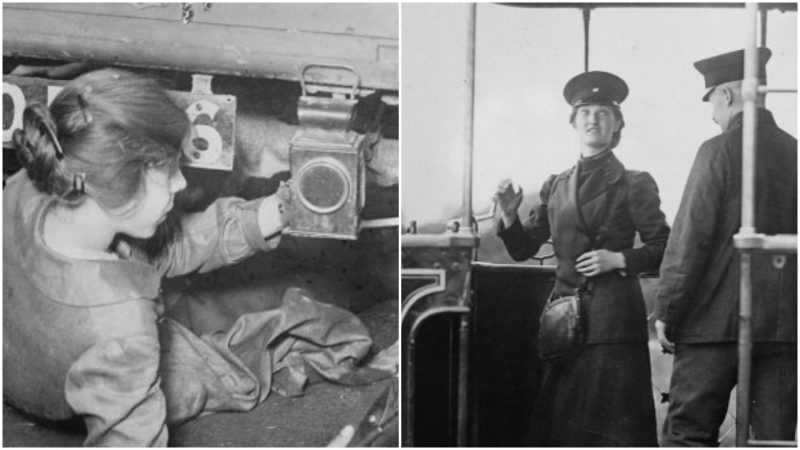In the summer of 1914, when the war that was supposed to end all wars began, it seemed like the world was literally starting to fall apart. Towns and villages were destroyed, and millions of people lost their loved ones. The impact of the Great War affected every sphere of our society.
We know that the first truly global conflict was one of the most shocking and horrifying episodes in the history of mankind, but many of us don’t stop to think about how profoundly World War I changed life on the planet in many different ways.
Among other things, the war brought numerous significant changes to the lives of women, many of whom actively participated in the war effort, serving their country alongside the men.
Entire nations were being mobilized, and with men away on the front lines, women were called on to contribute to the war effort. Roles that prior to the beginning of the Great War were traditionally reserved for men were now taken by women who had to work in heavy industry that provided the much-needed war materials.
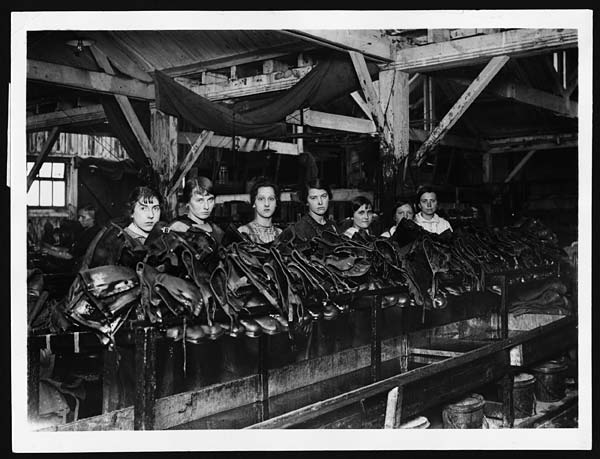
Although it is often overlooked, employees of the munitions factories, many of whom were women, were vital to the success of the Allies. The wartime work of women made a remarkable contribution to breaking down Victorian stereotypes of gender roles. War was so much more than just combat on the battlefield, and women who remained behind fought their own battle. In a time of great turmoil, they continuously faced new challenges but kept making essential contributions to the war effort.
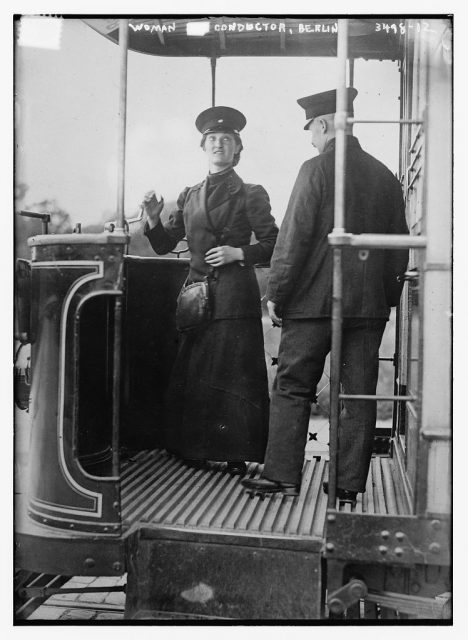
What is not widely known is that many of them literally risked their lives at munitions factories, where workplace accidents occurred on a daily basis.
The home front was a dangerous place to be during World War I as women working in munition factories were often subjected to injuries and poisoning, in many cases leading to death. No one knows for sure the exact number of deadly accidents that occurred in munition factories during the war, because many of them were intentionally kept out of the press, due to the fact that they might damage the public morale.
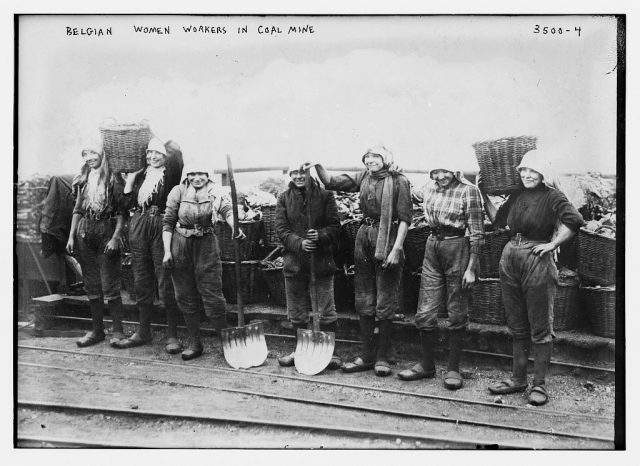
It has been estimated that, in Britain alone, around 600 people, most of whom were women, died in accidental explosions in munition factories throughout the country. But explosions were not the only thing that threatened their lives. TNT poisoning was another serious risk for women working in the facilities. The employees were not properly protected, which meant that liver failure, anemia, and spleen enlargement commonly occurred, due to TNT poisoning.
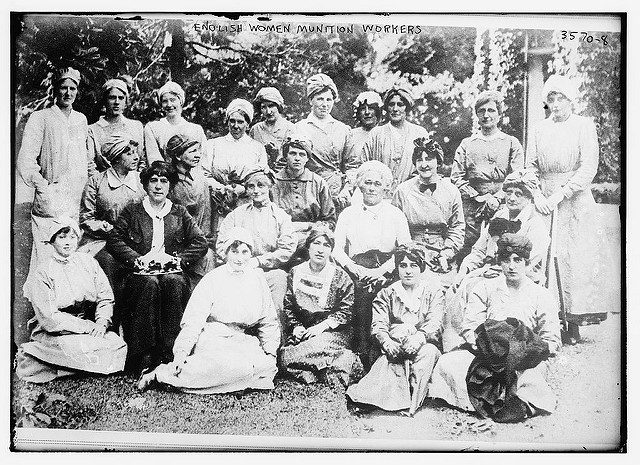
Nicknamed in Britain the Munitionettes or Canary Girls, these women worked tirelessly in order to produce enough weaponry for the British army. “We were like a canary,” Nancy Evans, who worked at the ROF Rotherwas factory in Herefordshire, told the BBC. “We were yellow, it penetrated your skin. Your hair turned blonde and on the top of the crown was the proper color of your hair.”
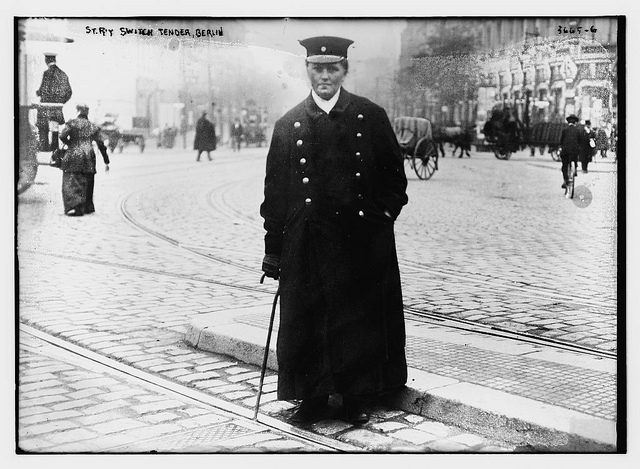
Their skin turned yellow due to the fact that they mixed the chemicals for the production of trinitrotoluene (TNT) shells by hand, contracting severe jaundice, which caused this bizarre transformation. Additionally, some of them gave birth to “yellow” babies, known throughout Britain as Canary Babies.
To make things clearer, by the end of the war, British industry had produced 4,800,000 rifles, 250,000 machine guns, 52,000 airplanes, 2,800 tanks, 25,000 artillery pieces and over 170 million rounds of artillery shells. It has been estimated that women created some 80% of all weaponry and ammunition used by the British Army in World War I.
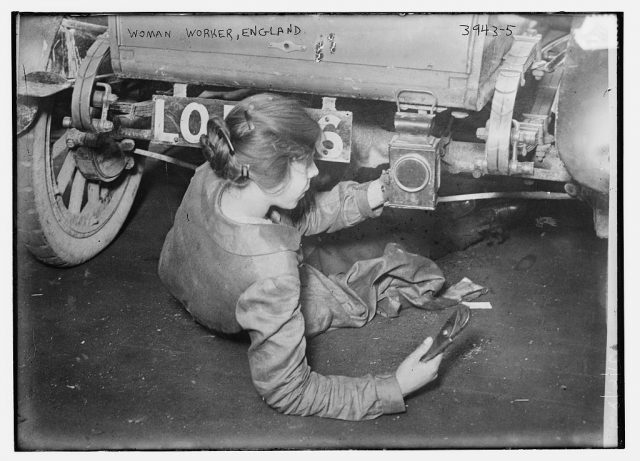
At some point, munition factories became the largest single employer of women, but there were also other areas of work where men who went abroad to fight in the war needed to be replaced in order to keep the home front moving. Prior to the beginning of the war, some women worked as nurses or teachers, but jobs in offices were mostly reserved for men and the majority of women remained at home as housewives, taking care of their families and homes.
In the years before the war, it was nearly unthinkable for women to work as railway guards, bus drivers, conductors, firefighters, police officers, clerks, or ticket collectors. But once the Great War began, everything changed dramatically.
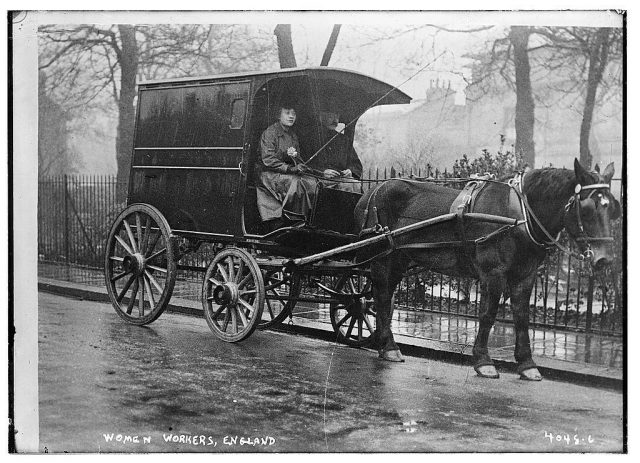
Women stepped up to fill the gap left by men who went to fight in the war. For many of them, it was their first job outside of their homes, but that was no obstacle for them to accept the challenge. Although in most cases women were paid half the wages of the men working the same or similar job, more and more women decided to join the workforce, and by the end of the war, women’s employment rates increased by around 20%.
Once the war was over, the battle for women’s rights intensified and demands for equal pay were set on the table. It was thanks to the Great War that women got the opportunity to prove that they were intellectually capable of taking part in the decision-making processes of society.
Related story from us: WW2 wedding gowns made from silk and nylon parachutes
It took years before progress was visible in this field. Sadly, the battle is still ongoing in today’s society where gender inequalities and various forms of discrimination still persist. What we must never forget is that the brave working women of World War I were the ones who set the foundations in the battle for equality. Their battle continues being an inspiration not just for every woman in this world, but for every human being who tends to be independent and free.
